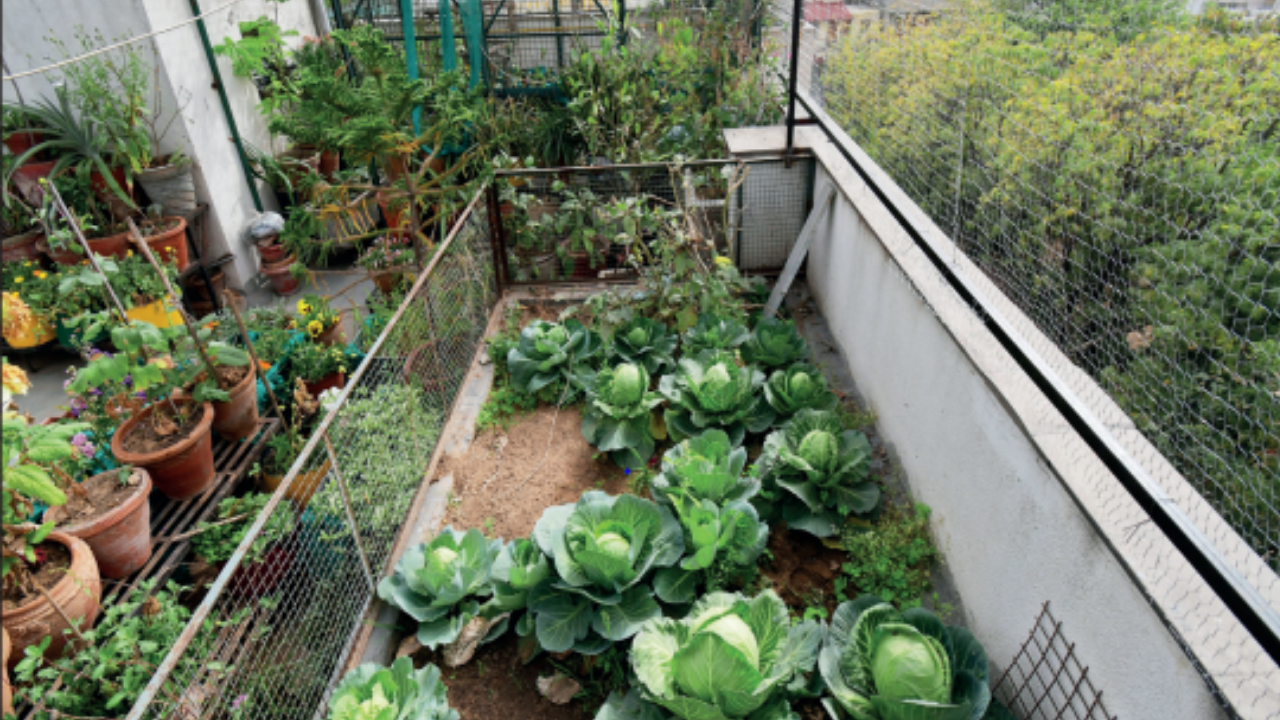
It’s April but feels like the middle of May, and we have had to summon the considerable powers of our air-conditioners earlier than usual to keep our homes cool. The portents are of a long and harsh
summer ahead.
More air-conditioning hours also mean higher power bills and a higher cost to the environment – climate change is already pushing temperatures to previously unheard of extremes, making early summers and increasingly longer and more frequent heatwaves likelier.
Small changes to limit solar radiation that houses absorb can, however, help reduce dependence on ACs through the “passive cooling” effect. “During the day, heat from sunlight streams through windows and beats down on roofs and walls. Our homes emanate energy from all the materials absorbing
sunlight all day. Passive cooling involves effectively managing these radiation sources,” explains Anjal Prakash, one of the lead authors of the recent Intergovernmental Panel on Climate Change (IPCC) report.
The best way to ensure passive cooling and check heat radiation from walls, floors, etc, is to install window awnings such as shutters, retractable bamboo blinds and ‘khus khus’ mats to reduce the heat absorbed by these sources.
The second way is to cover rooftops with white-coloured, reflective materials to check the heat absorbed and radiated by them. Creating a rooftop garden is an option. The third is managing the wind flow inside homes. If a house has more than one storey, ventilation openings in the roof in each room can ensure that the rising hot air goes out. “Earlier, people also kept a gap between the roof and the wall so that the hot air could move outside.
Those were called ‘roshan dan’ (ventilating windows). It can reduce the indoor temperature,” Prakash says. The weakest links, adds Prakash, in the defence against solar radiation are glass windows – ubiquitous in the highrise apartments because they heat a house instantly.
Awnings outside where possible and curtains and blinds can help. Trees around a house and plants on balconies can protect the walls from solar radiation. “Trees can also bring down the surrounding air temperature,” Prakash says. Homes can also have designs that make the temperature inside them higher than the outdoor temperature; the process is called the “urban heat island” effect. “To prevent this, we can use some installation on the rooftops and walls. Installations such as glass wool or thermocol can help,” says Aviruch Bhatia, an expert with TERI (The Energy and Resources Institute). Keeping a cooler roof can make a big difference, Bhatia says, adding white paint has the property of reflecting radiation, sending the heat out into the atmosphere.
Plants on the roof can achieve the same results. “If you see green plants with an infrared camera, they are white. So, they reflect radiation and help reduce the temperature,” Bhatia says, adding creating air gaps on rooftops is another option.
For instance, inverted pots placed across the roof will have air gaps between them, which will act as insulation against the heat and make the roof cooler, Bhatia says.







